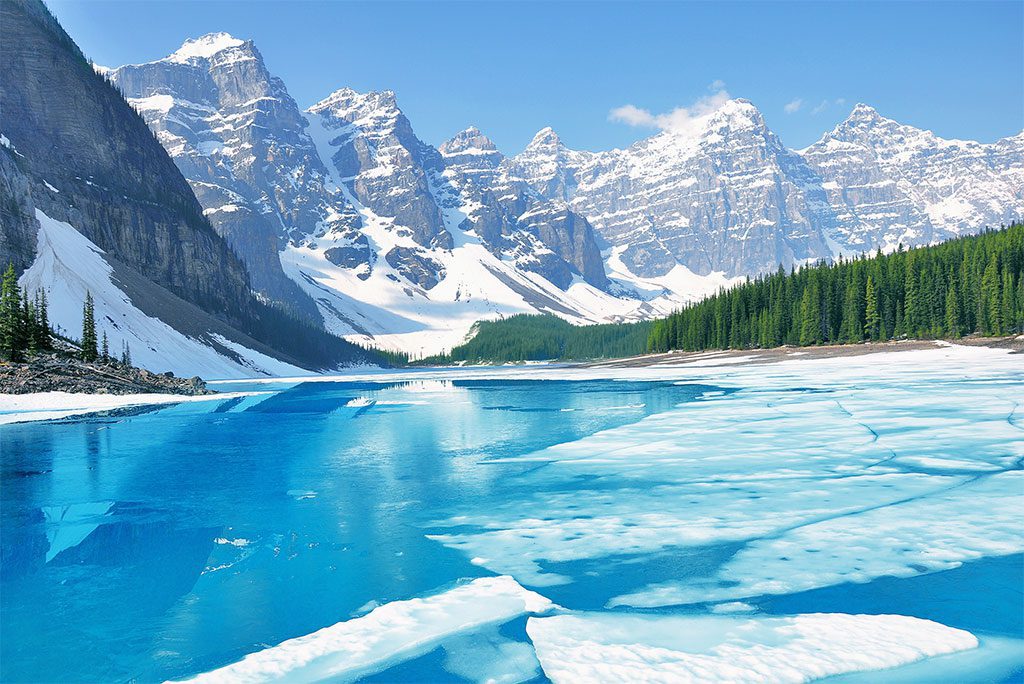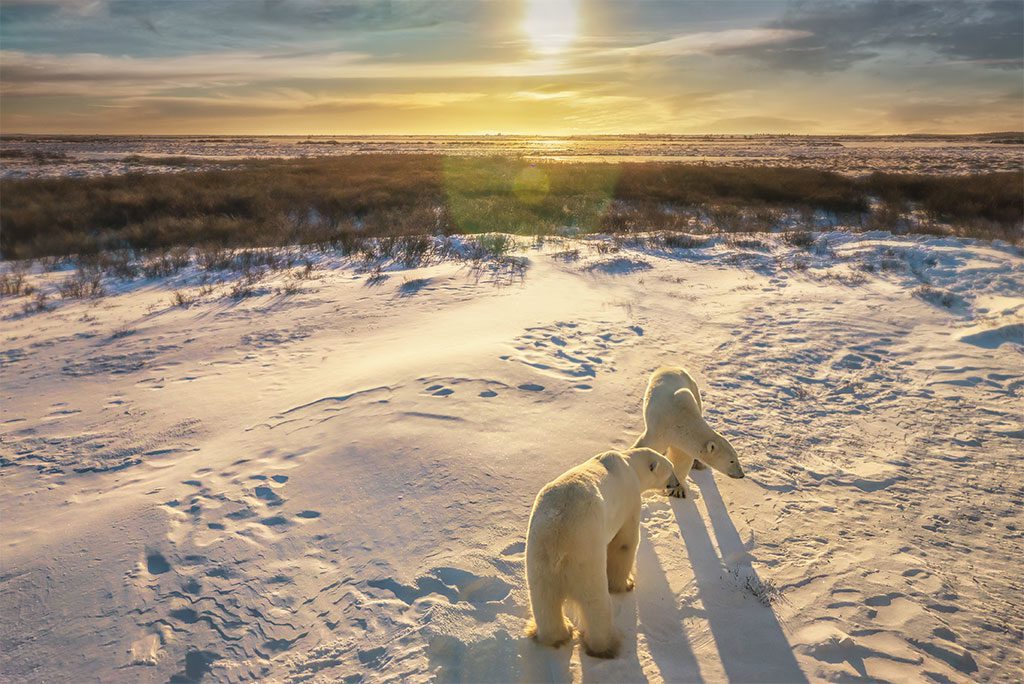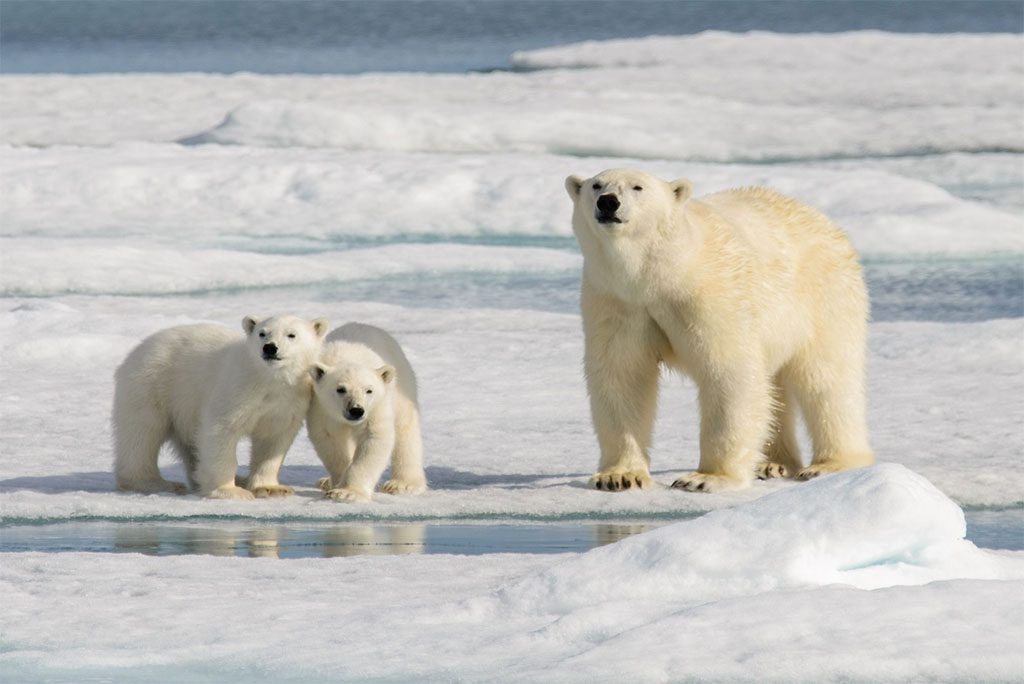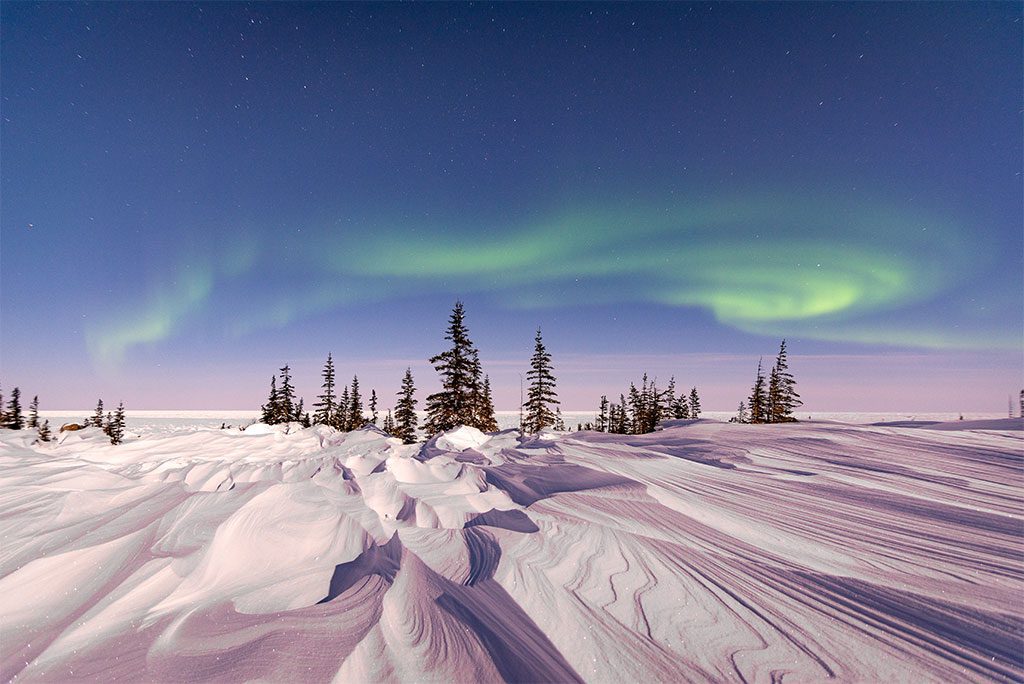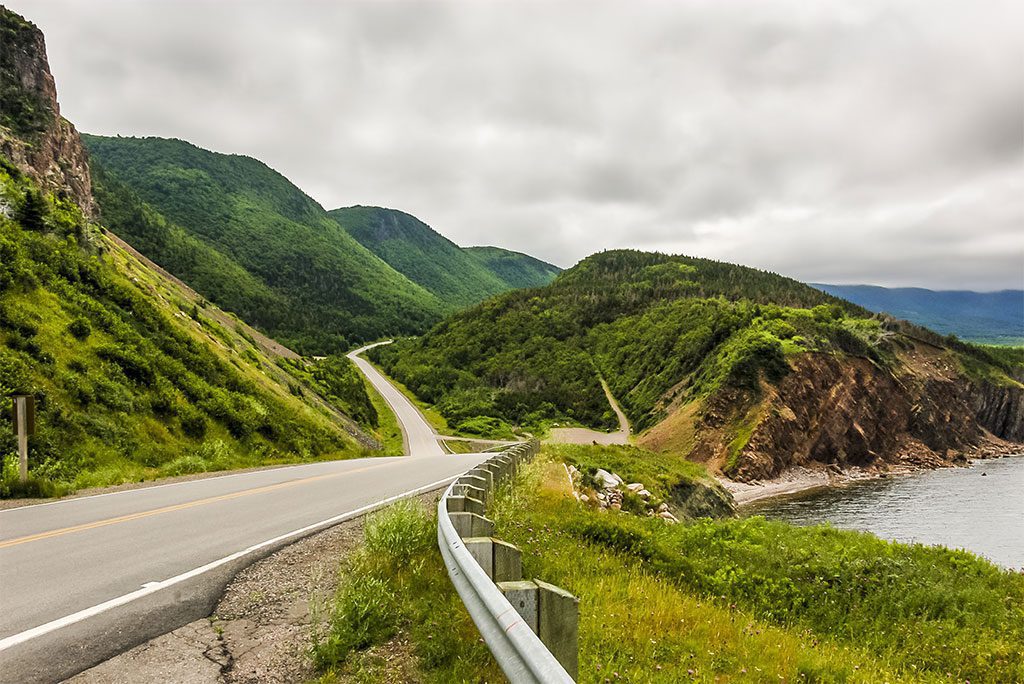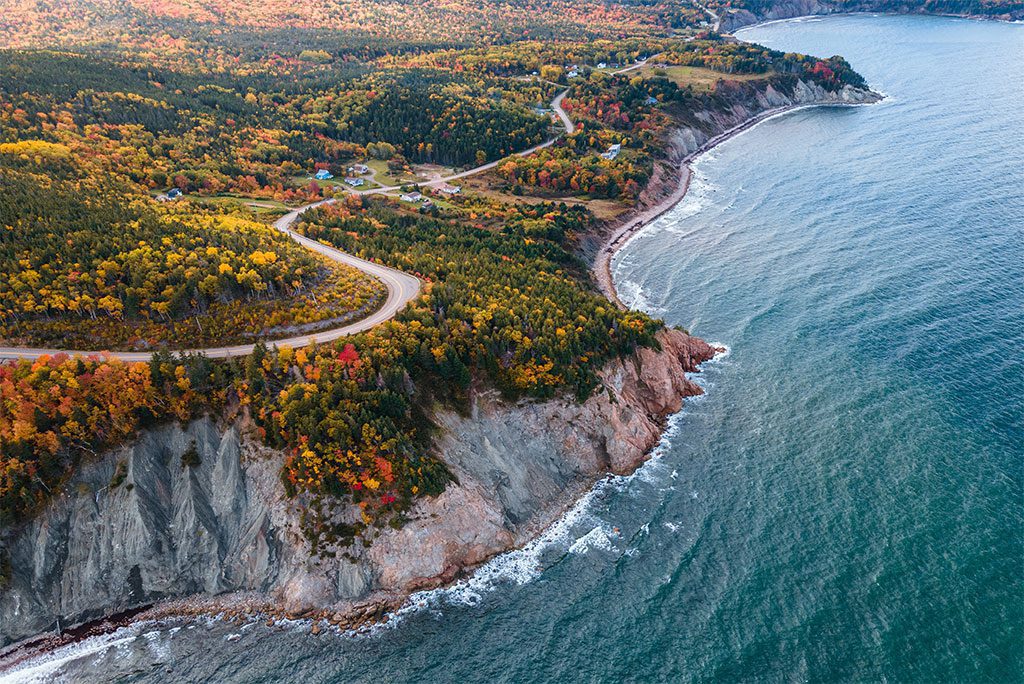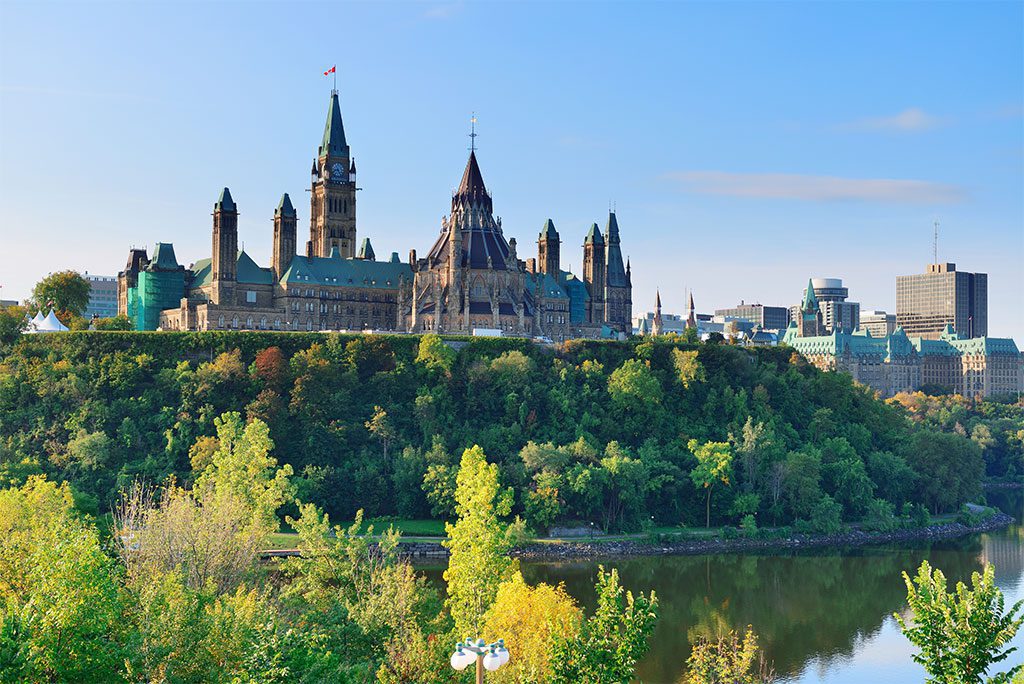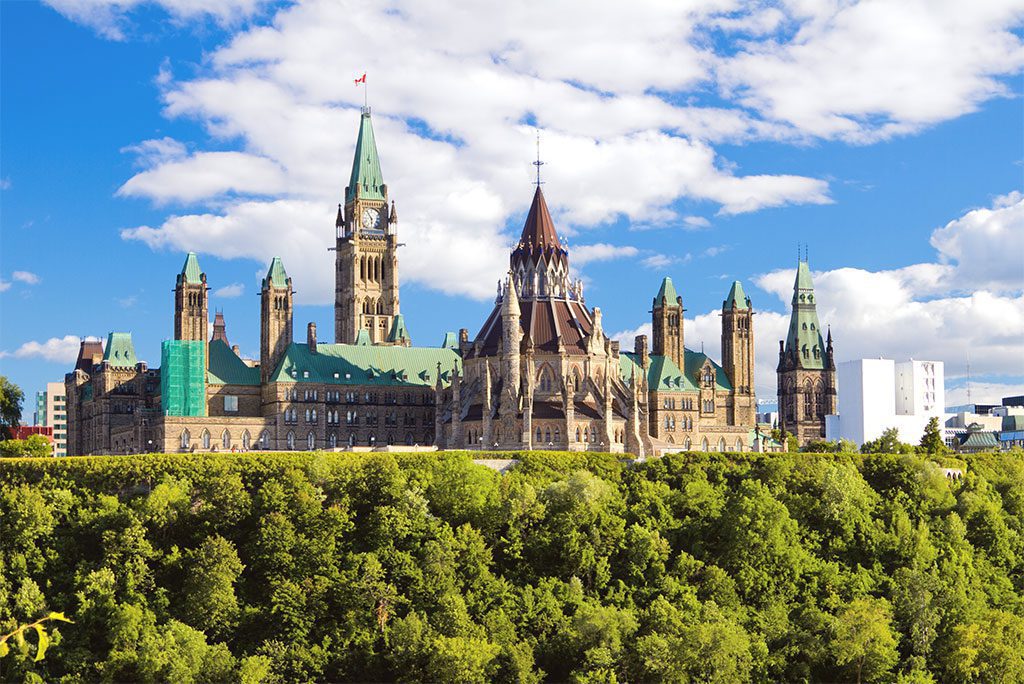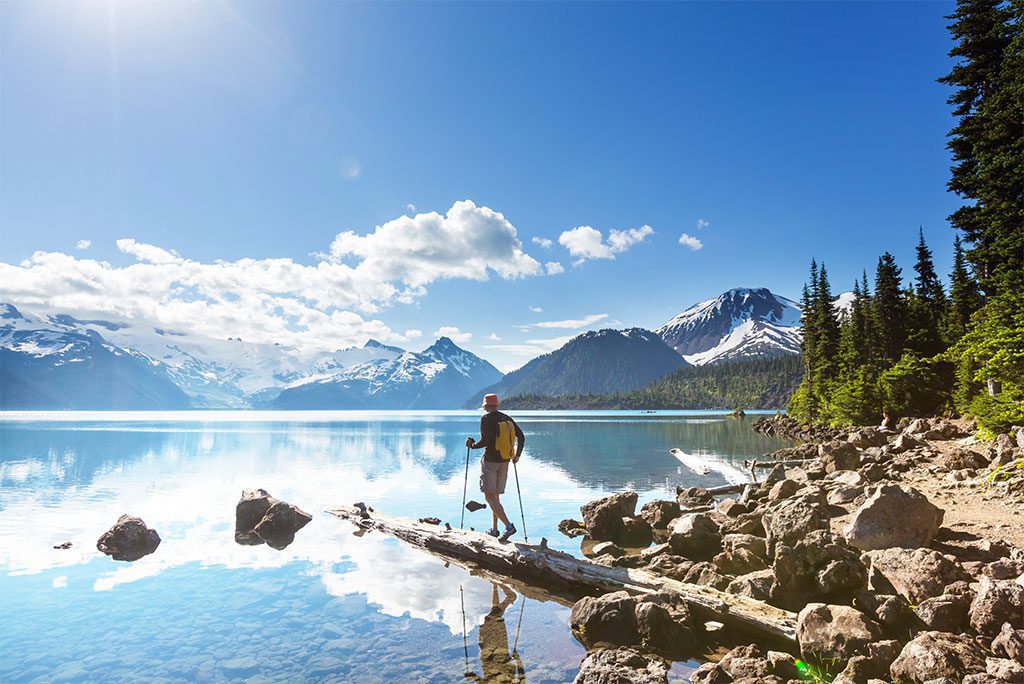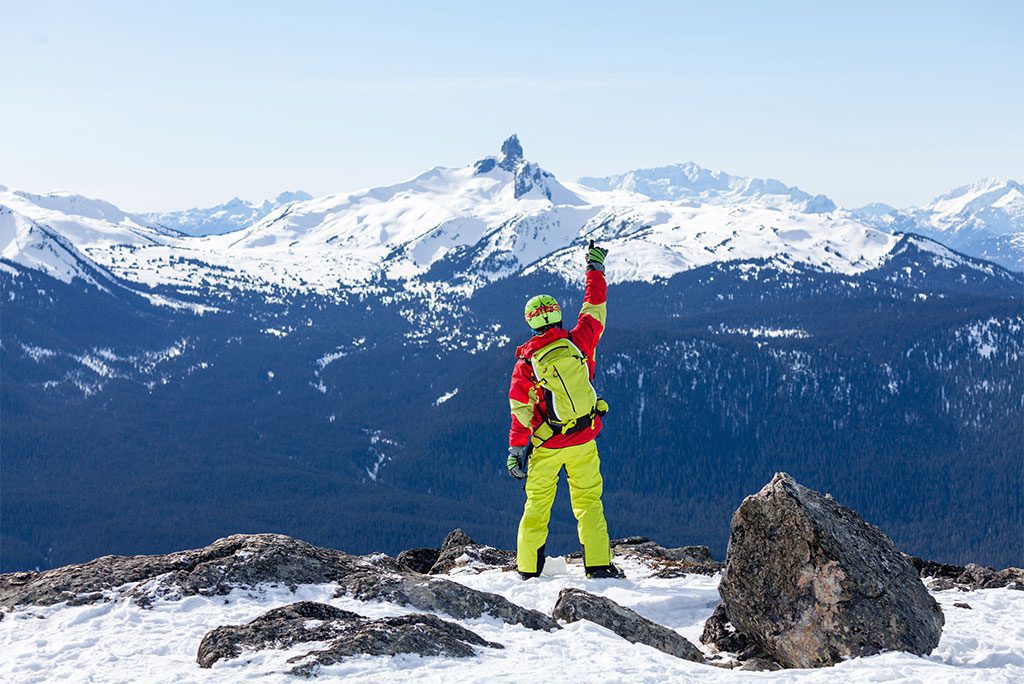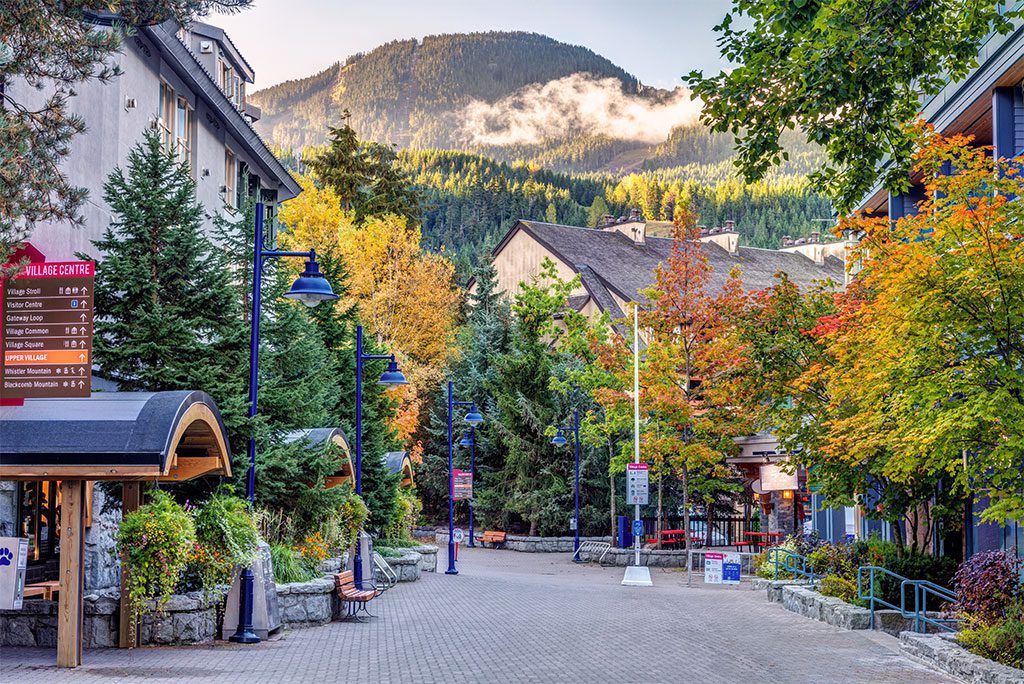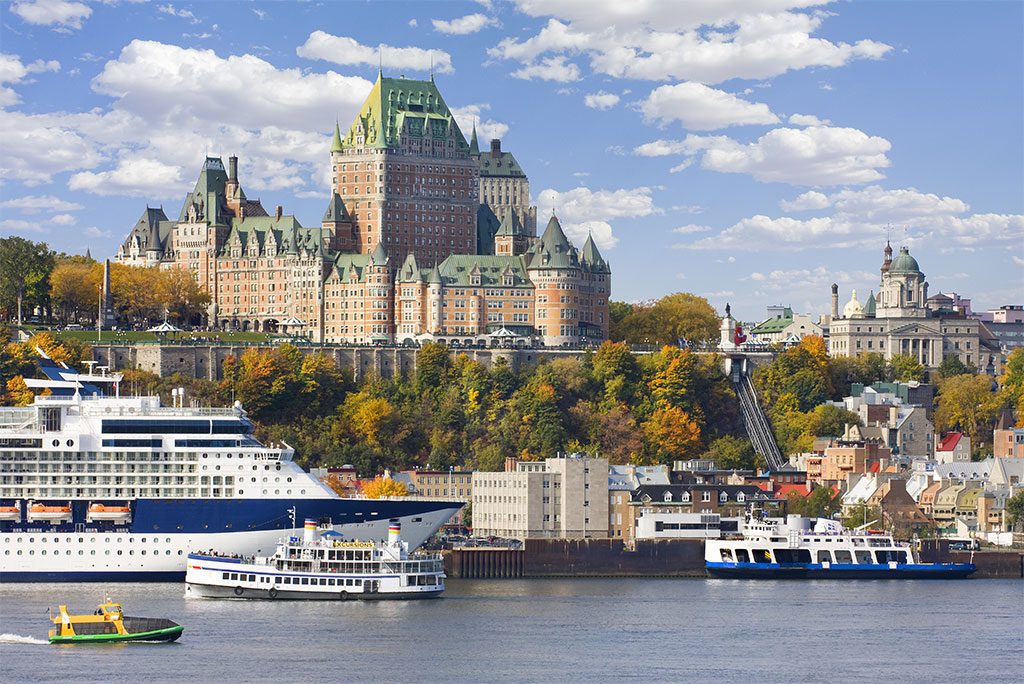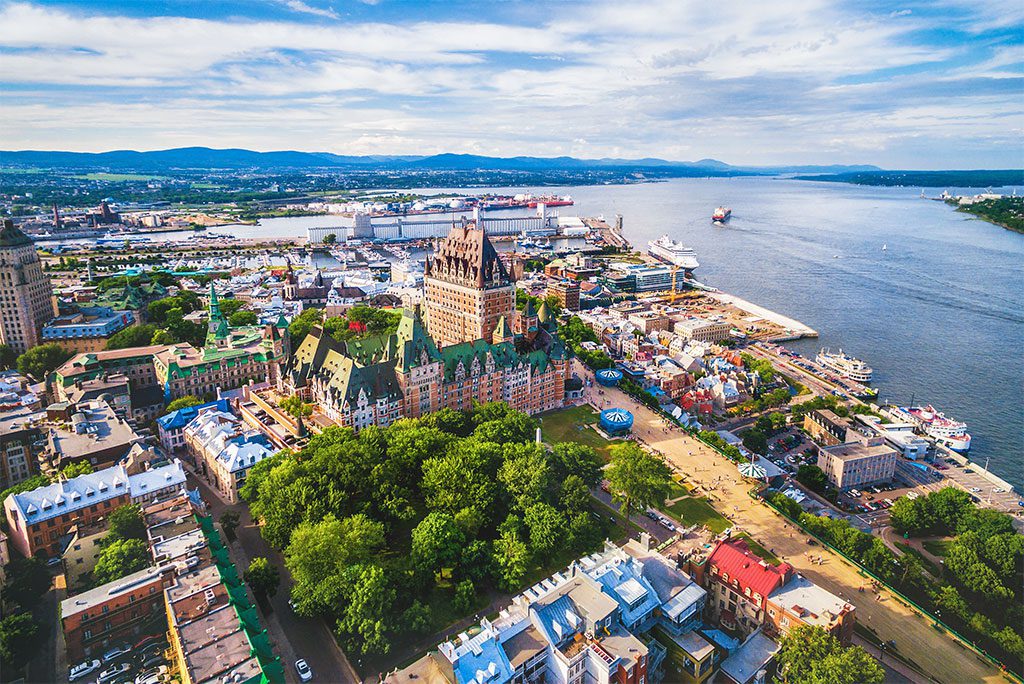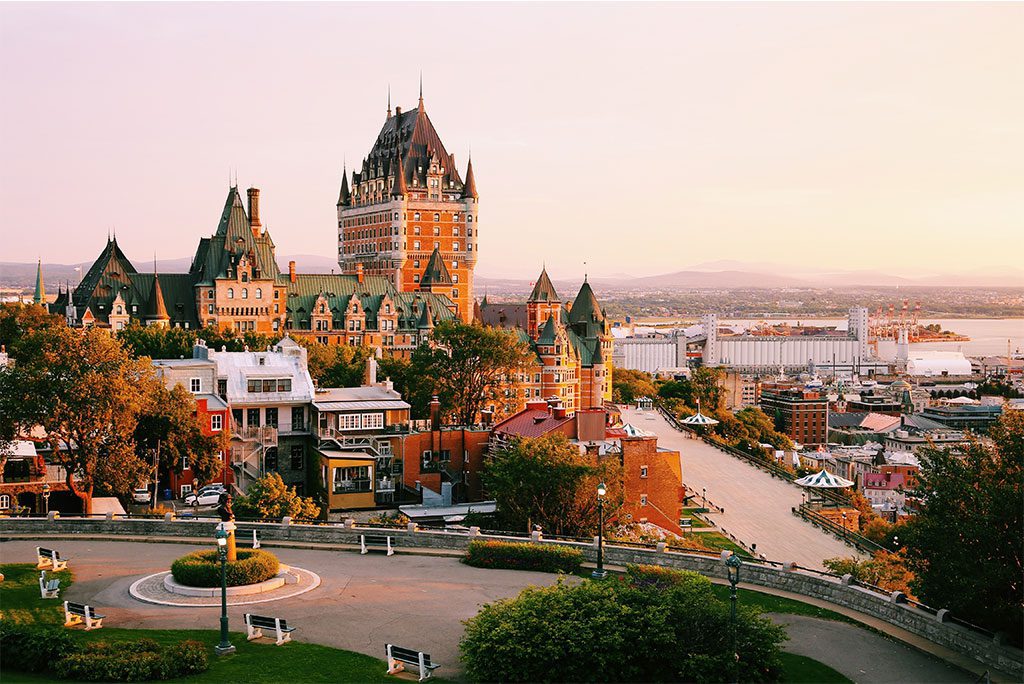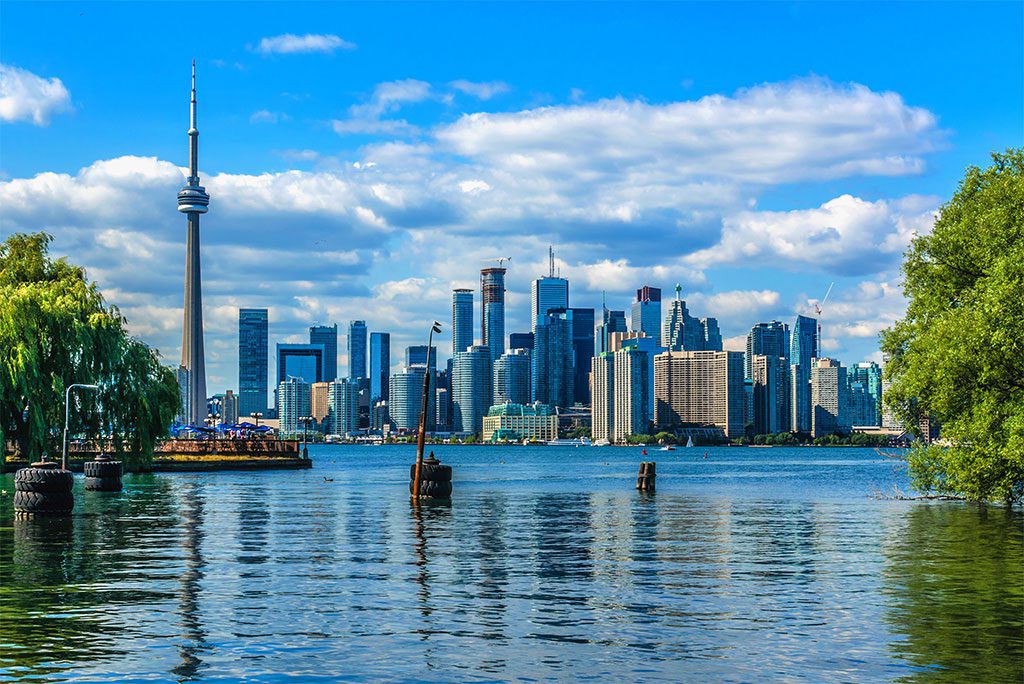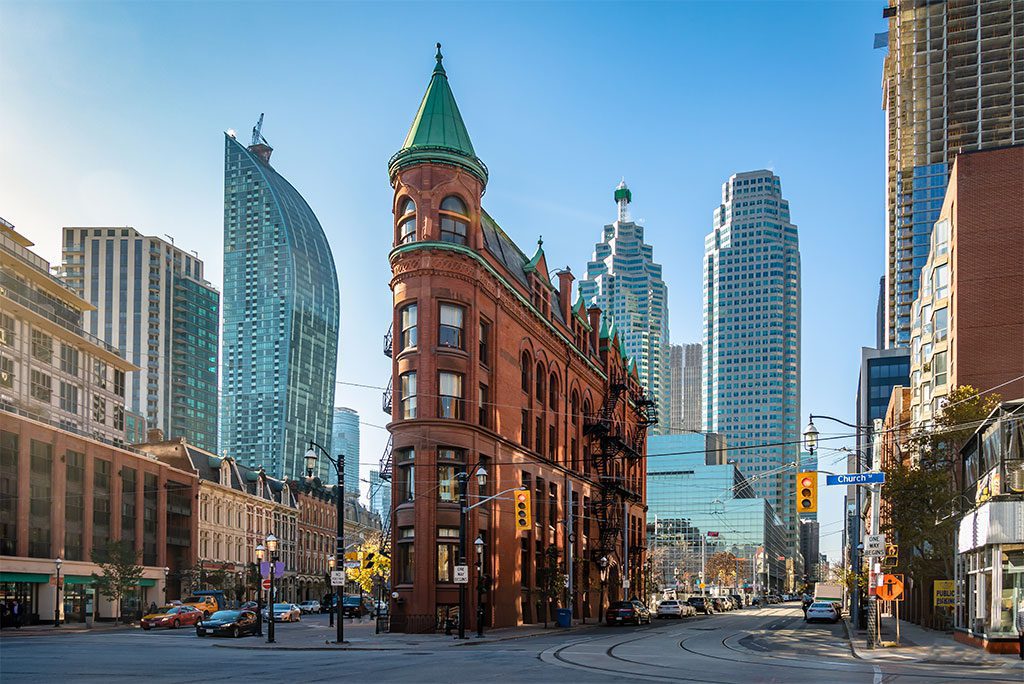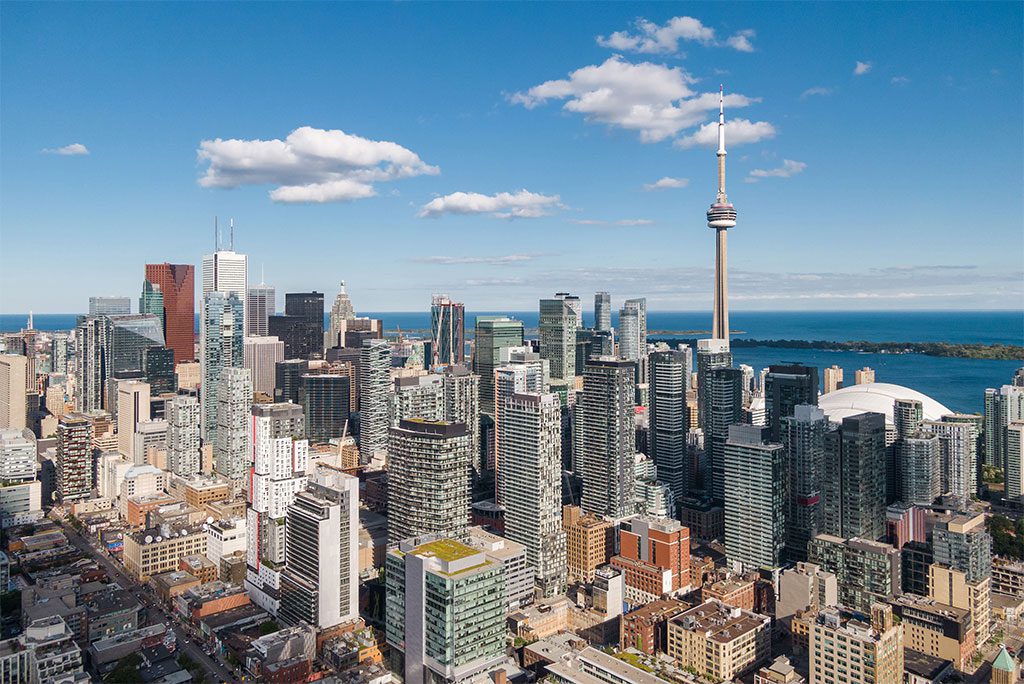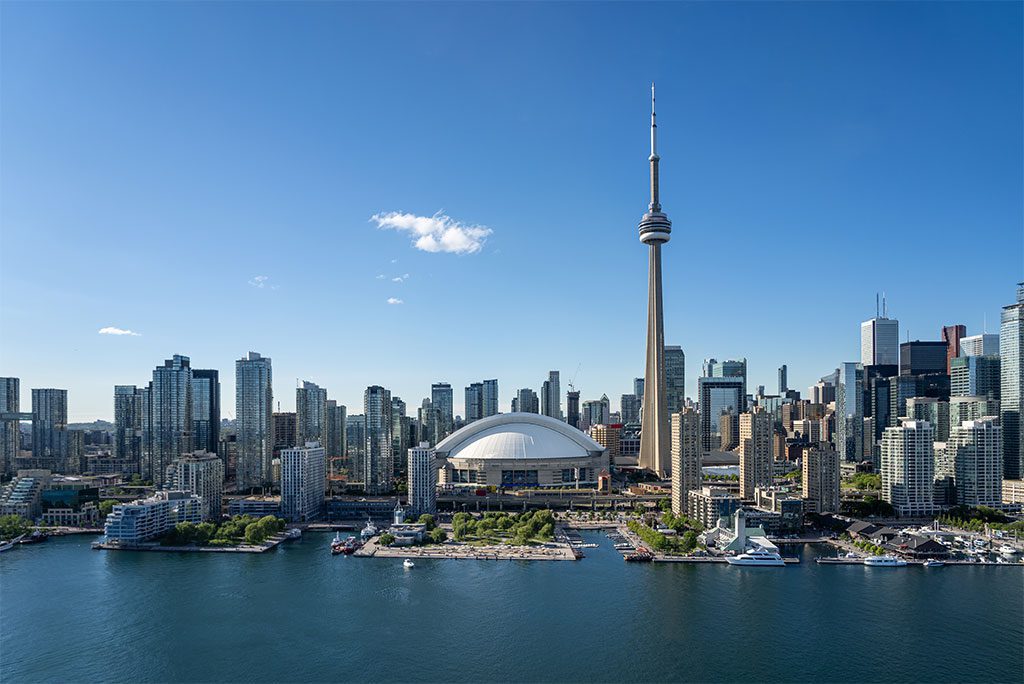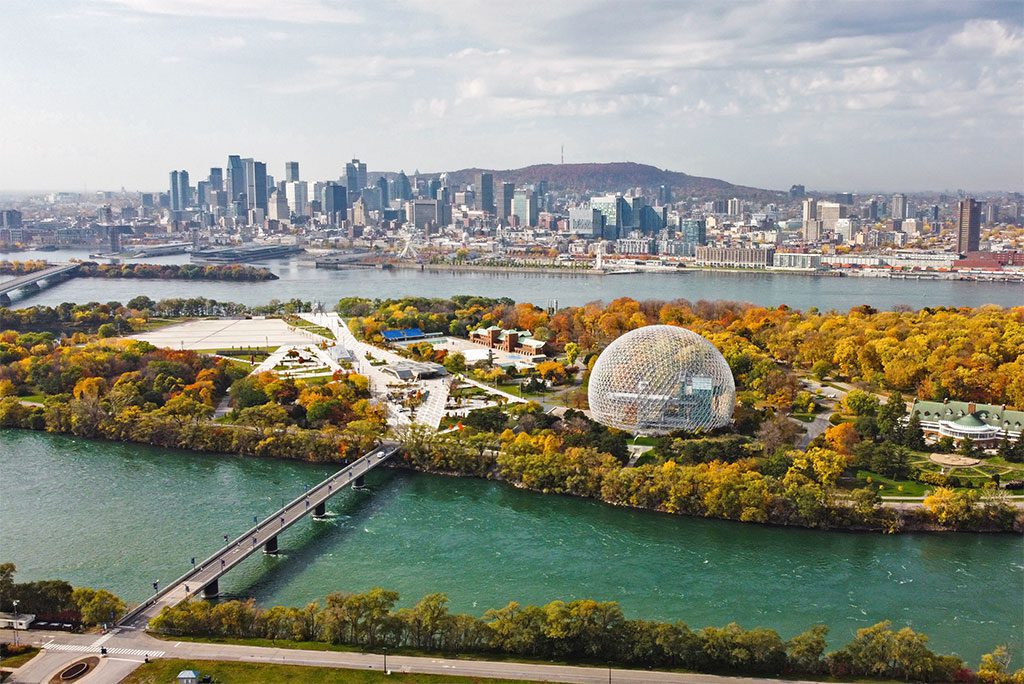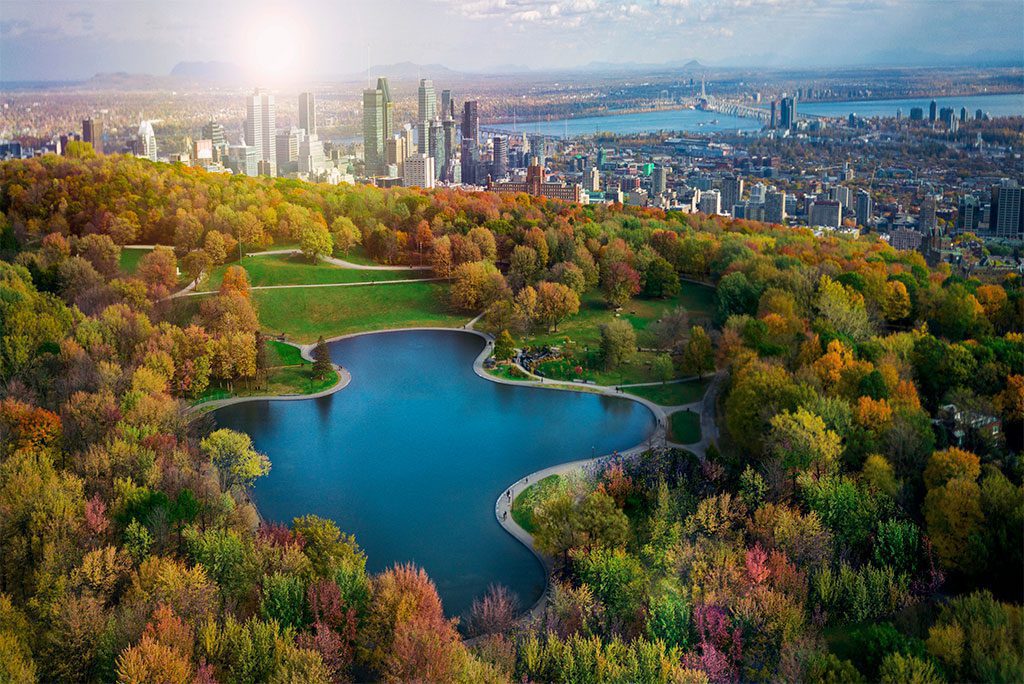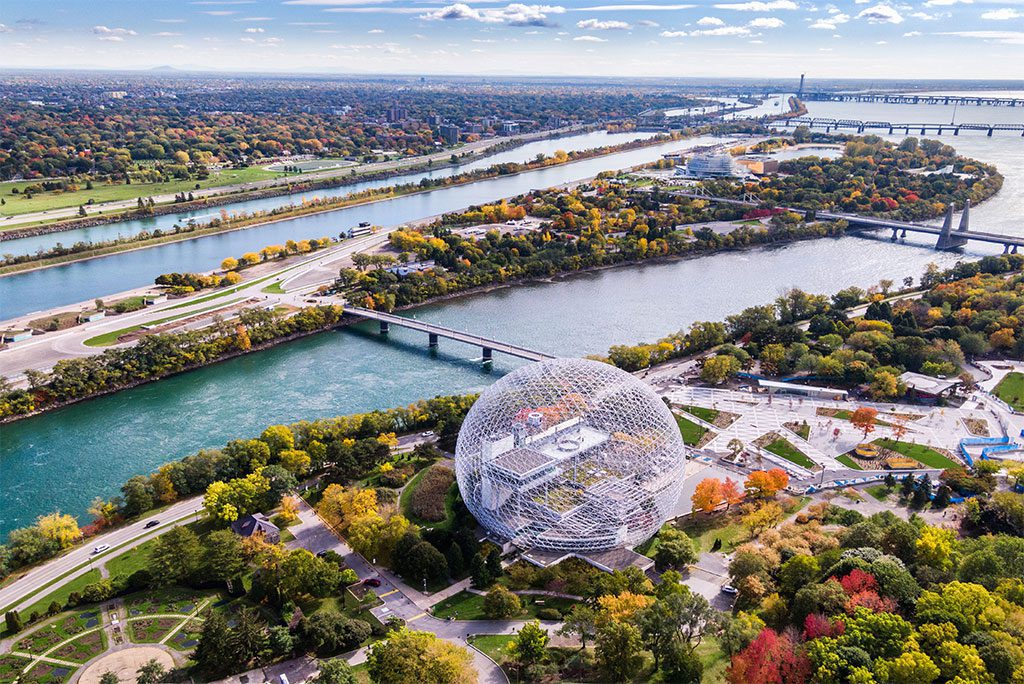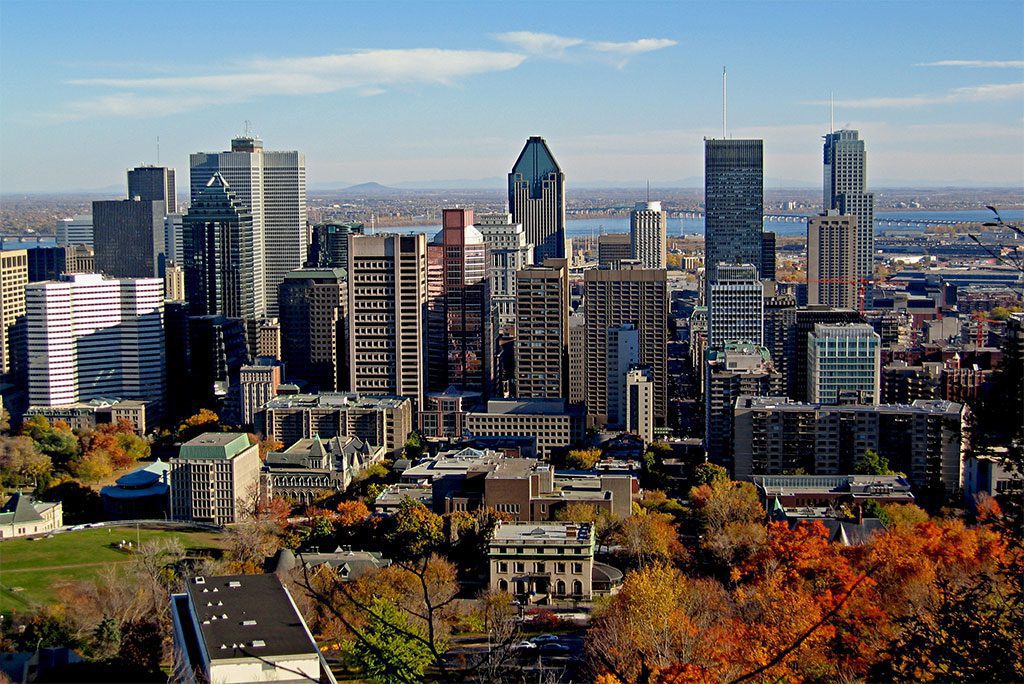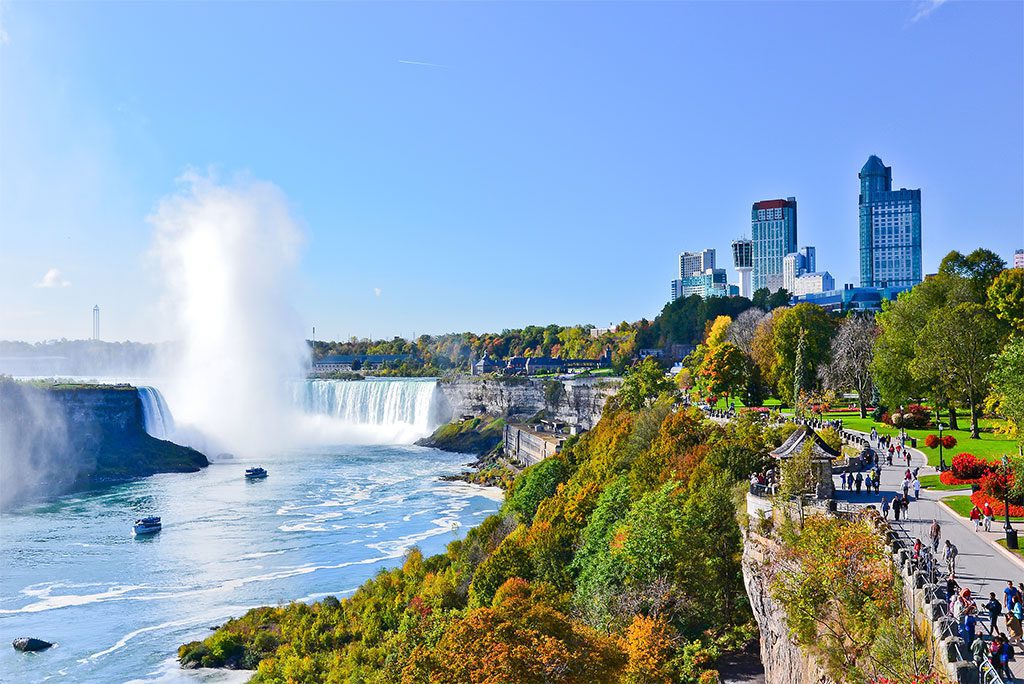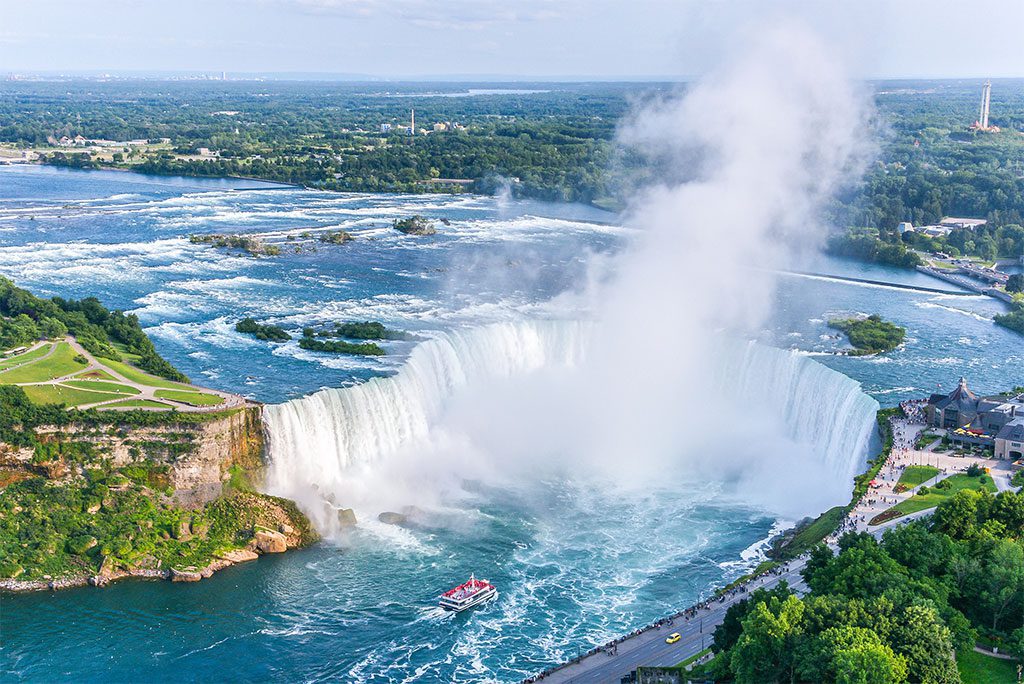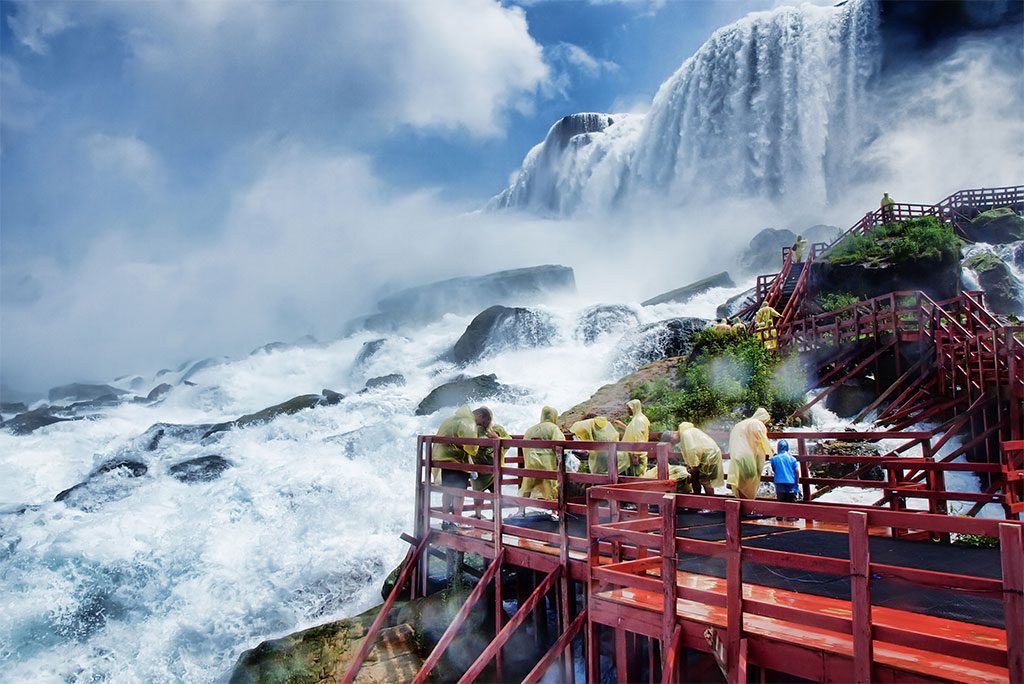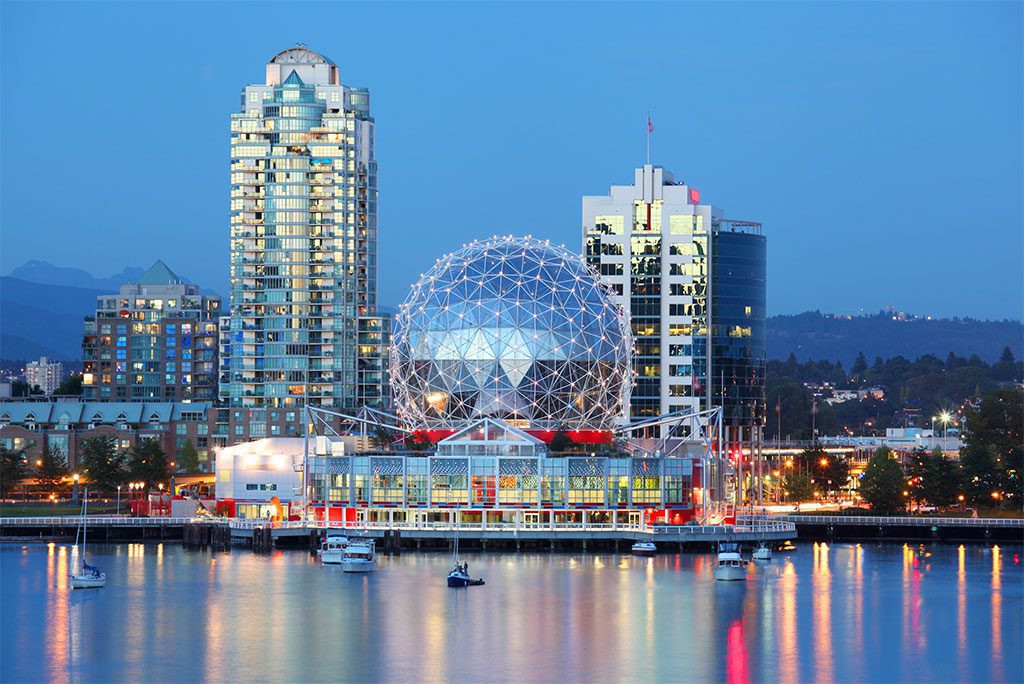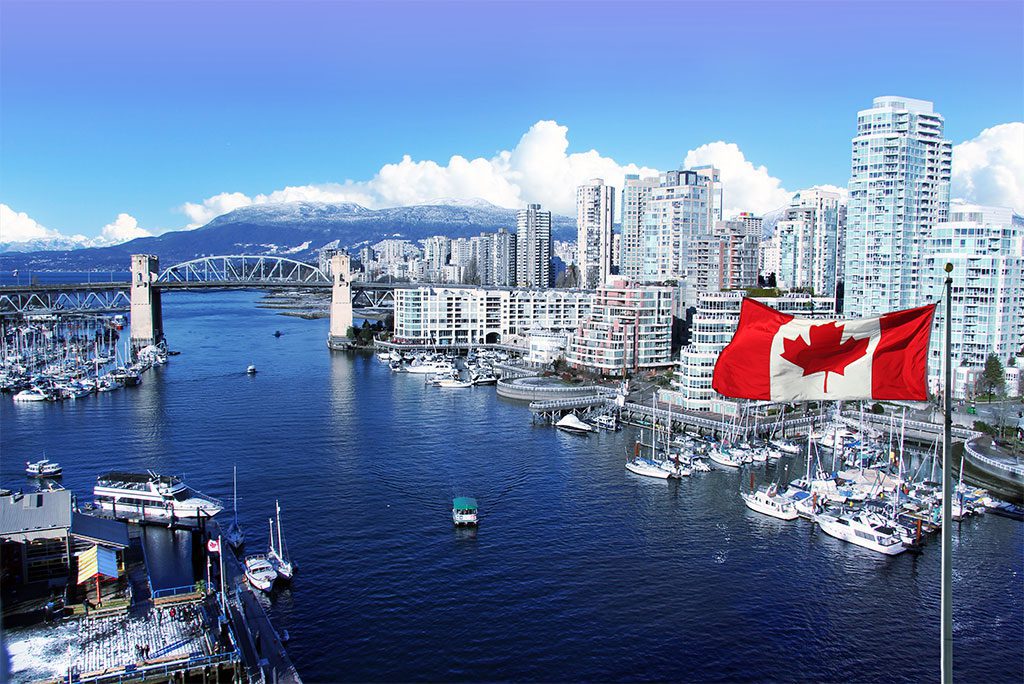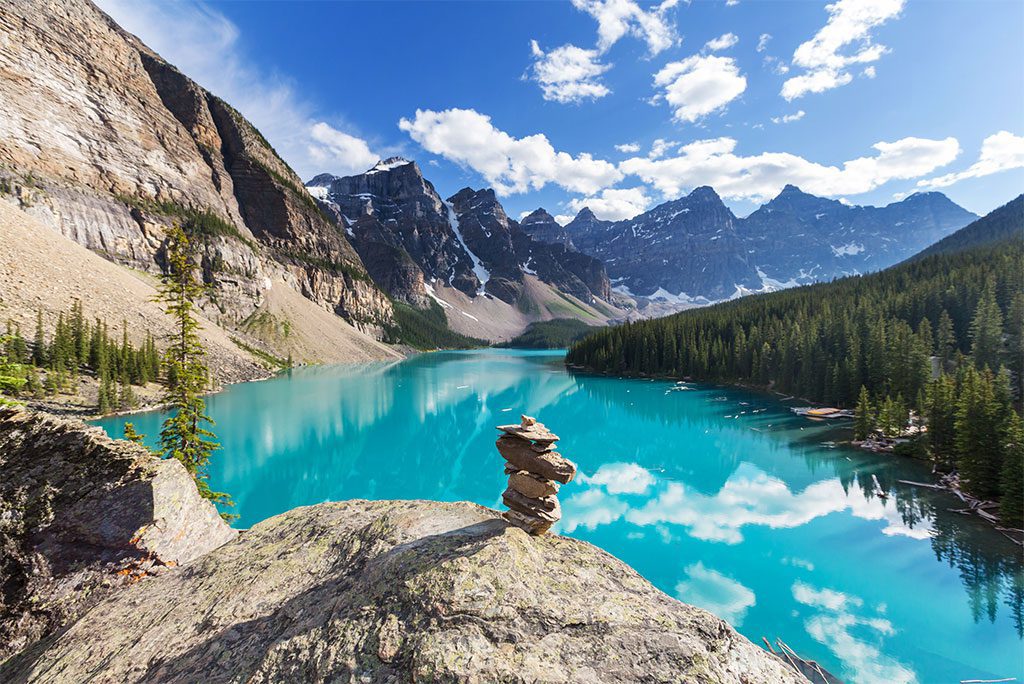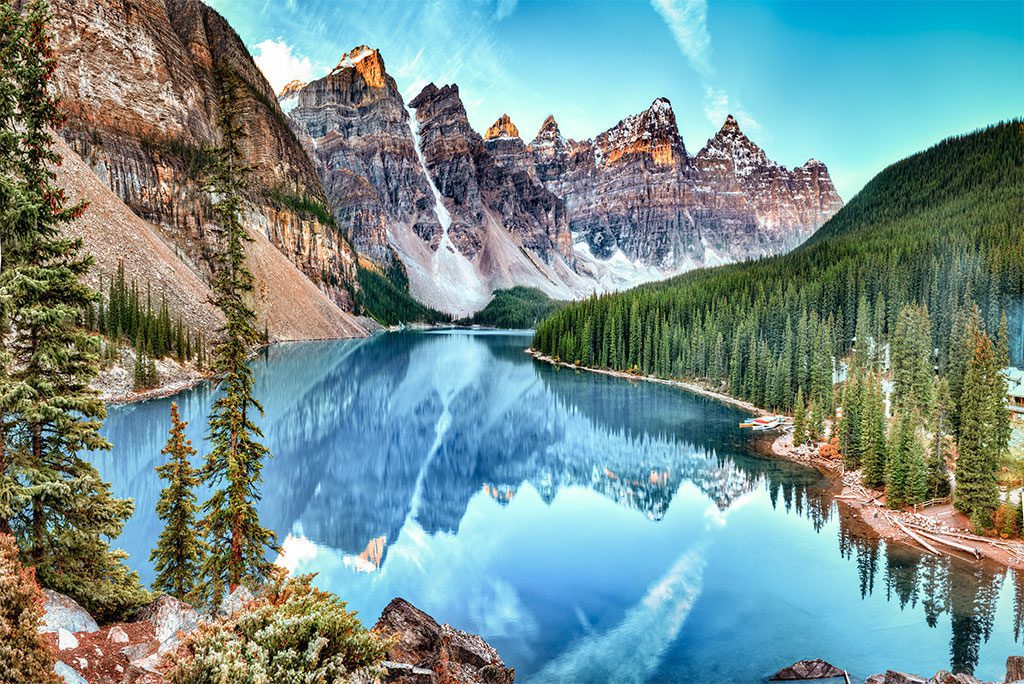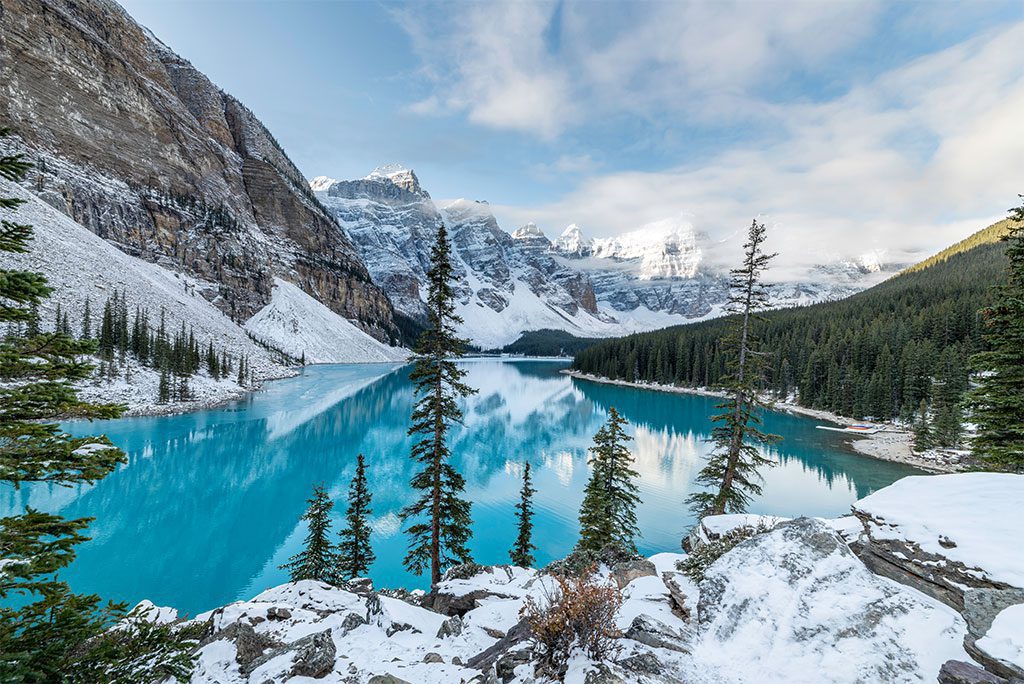The second-largest nation in the world is a member of the Commonwealth. As far as wilderness goes, much of the geographical area remains untouched. The ability to fully get lost in the vastness of nature is unquestionably one of Canada’s most appealing features. Incredibly large and picturesque, the country’s national parks are a must-see for any traveller. Mountain climbing, hiking, boating, swimming, and bicycling are just few of the activities available to those who like spending time in nature. Banff National Park has grizzly bears, Whistler has powdered slopes, and some of Vancouver’s best wild salmon may be found here. In Canada, there is something for everyone.
Canada’s culture and history may be explored in addition to its spectacular natural landscapes, like the Great Lakes Region. Look at the Francophone regions of Quebec, Vancouver (with its dazzling high rises and diverse ethnic neighbourhoods), the opulent late-Victorian style of architecture in Toronto, and Ottawa (with its “château style” large railway hotels and neo-Gothic public buildings). Our list of the greatest locations to visit in Canada will help you plan your trip to this amazing North American tourist destination.:
12. Calgary
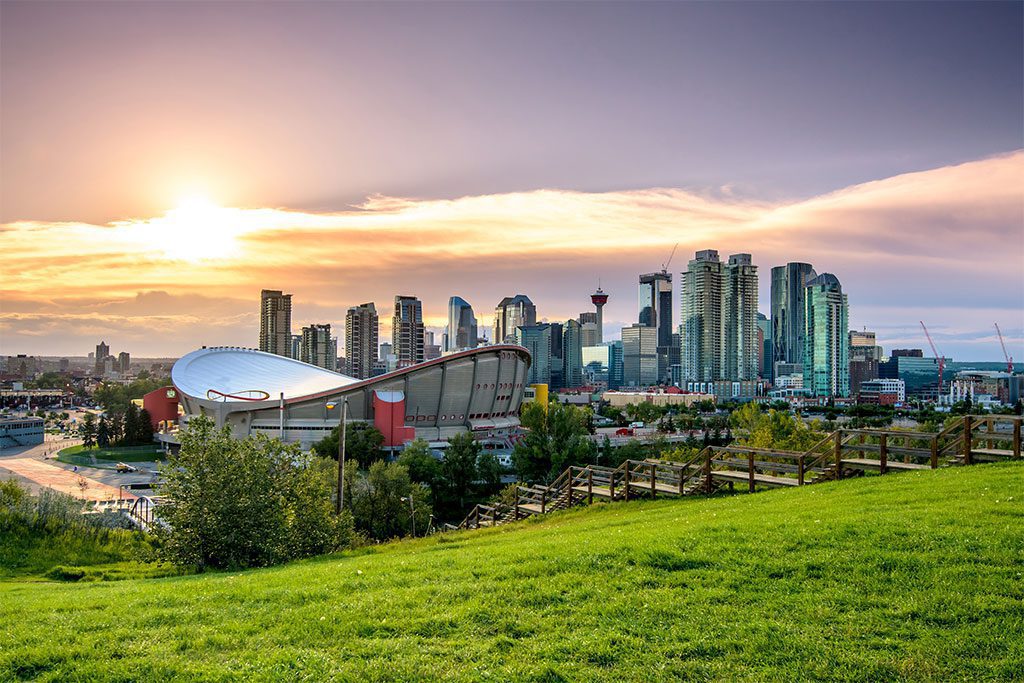
Located in the middle of the prairies and the foothills of the Canadian Rockies, Calgary is Alberta’s most populous city. Calgarians go to Calgary every year for the world-famous Calgary Stampede, which dates back to the early 1900s, when oil was found nearby. Since then, the city has grown into one of Canada’s greatest metropolises.
Despite the fact that the city of Calgary is divided into multiple districts, the downtown core houses the city’s business, entertainment, and retail hubs. Two prominent pedestrian areas include Stephen Avenue Walk and Barclay Mall.
The Rocky Mountains and the city of Calgary may be seen from the observation decks of several of Calgary’s skyscrapers. The Bow and Calgary Tower are two of the most well-known examples. A zoo, amusement parks and botanical gardens are just some of the family-friendly activities in the area.
The Calgary Stampede, a ten-day celebration of the Old West that includes rodeos, chuckwagon races, parades, and contests, is the city’s most popular yearly event.
11. Churchill
Even though the town of Churchill has a population of only 1,000, it attracts thousands of visitors every year to witness its most renowned residents, the polar bears. Churchill, Manitoba, is known as the “Polar Bear Capital of the World” because of its proximity to Hudson Bay. Churchill is a great spot to see polar bears, as well as beluga whales, birds, and the northern lights, in addition to polar bears.
During the months of October and November, polar bears move to the coasts of Churchill in search of marine prey. For the protection of both visitors and bears, the local tourism business offers excursions and vehicles known as “tundra buggies.”
Tour companies provide trips to watch the beluga whales, which come to the area in large numbers during the summer months. A few brave souls even wear bikinis and go whale watching. Churchill is also a birdwatcher’s paradise, with more than 270 kinds of birds. To see species like snowy owls, gyrfalcons, Stilt Sandpipers, and Tundra Swans is a draw for thousands of birdwatchers each summer.
Churchill is also a great place to watch the northern lights, known as the aurora borealis. The months of January through March are the most popular for seeing this natural wonder. The two most common methods to get to Churchill are via airline or rail. Winnipeg and Thompson are the two major cities served by train.
10. Cape Breton Island
For many centuries, Cape Breton Island was an independent colony, but it was compelled to combine with Nova Scotia in 1820. It is the only site in North America where Gaelic is spoken and where traditional Scottish music performances can be found, thanks to the influx of Scottish immigrants in the early nineteenth century.
Fortress of Louisbourg, built in the 18th century, is one of Cape Breton’s most notable French landmarks. A interesting Mi’kmaq community rounds out the eclectic blend of cultures.
When you come here, you’ll never forget the whales. The northern tip of the island (the highest point on the island) is a sure bet for seeing whales, and you can get there by boat or kayak. The view alone is worth the journey. Cape Breton Highlands National Park, with its breathtaking Cabot Trail and awe-inspiring vistas, is the park’s crown jewel. Don’t overlook picturesque fishing towns like Bay St. Lawrence, which serve up some of the region’s best seafood.
9. Ottawa
With a booming population and a central location on three rivers, Ottawa is the capital of Canada and the country’s sixth most populous city. The city is unusual in that it is bicultural. If you hear someone speaking both English and French, don’t be startled; both are first languages in this country.
When Ottawa was known as Bytown in the 19th century, there were several timber mills along the Ottawa River. There are many magnificent parks and canals in the city today, making it a lovely place to live and work. When it’s time to go skiing in the winter, these paths are transformed into bike tracks. The Rideau Canal, which runs through the centre of Montreal, is a must-see. The canal transforms into the world’s biggest ice skating rink during the winter months.
The Byward Market is one of the most important things to visit in Ottawa. History buffs will be in for an excellent time. Even while Ottawa isn’t officially Canada’s cultural capital, the National Library and Archives, the fourth-largest library in the world, is located in the city. Because of its status as the country’s capital, Ottawa is home to several federal institutions. On Parliament Hill, where the government has its seat, there is a daily ceremony called the Changing of the Guards.
8. Whistler
The Whistler resort is North America’s biggest and most well-known alpine ski destination thanks to two stunning mountains: Whistler and Blackcomb. Whistler is a two-hour drive from Vancouver along the Sea-to-Sky Highway in British Columbia’s Coast Mountains, west of the Rockies. Whistler Village, Creekside, and Upper Village are all nestled at the foot of the two mountains. A gondola lifts tourists from the towns up to the slopes through the Peak 2 Peak gondola.
Logging was the primary source of income for Whistler’s early years. A ski resort was developed on London Mountain as a prospective site for the 1968 Winter Olympics after the Squaw Valley Olympics in 1960. However, it was not until the 2010 Winter Olympics that this was accomplished. Because of the whistle-like sound created by the local hoary marmots that live in the mountains, London Mountain was renamed Whistler Mountain to avoid confusion.
Whistler now has a slew of world-class ski resorts and breathtaking mountain vistas that keep visitors returning year after year. While the mountains are famous for their winter activities, they also provide fantastic hiking and rock climbing possibilities.
7. Vancouver Island
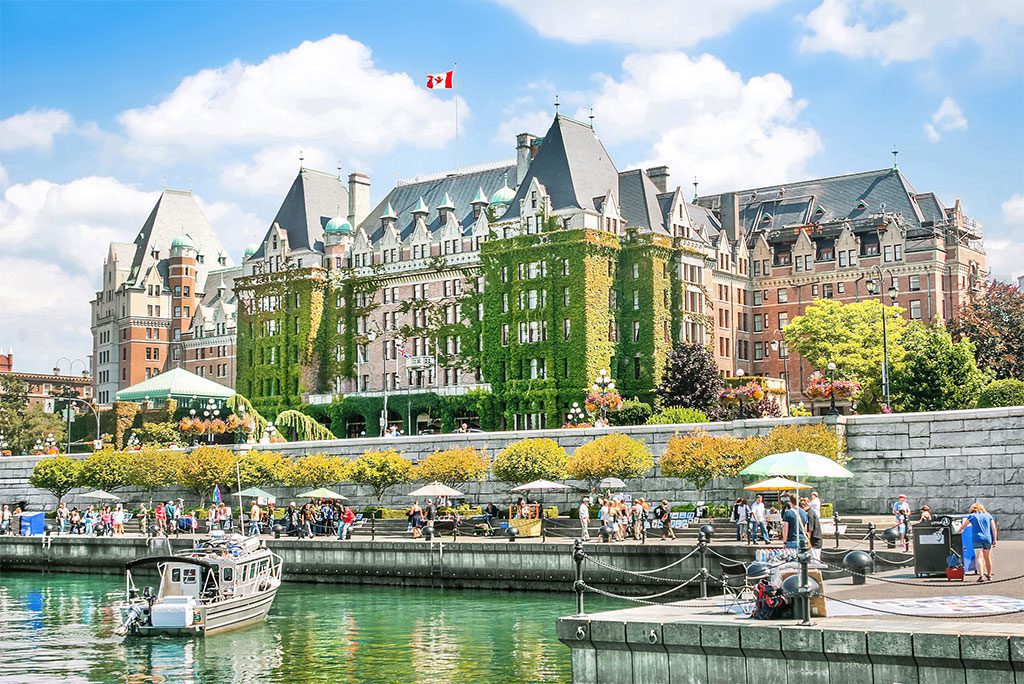
Canada’s biggest island, Vancouver Island, was named after British explorer George Vancouver. Iconic glacier-covered mountains and stunning lakes make it one of the most beautiful places in the world to visit by foot or by kayak; it’s a favourite destination for tourists and photographers alike. The mildest temperature in Canada entices outdoor enthusiasts to visit.
Butchart Gardens, Tofino, and the wilderness in the north are the island’s best-known attractions. From there, one may take a boat to Prince Rupert and then on to Alaska. The fauna of Vancouver Island is also well-known. Additionally, it’s an excellent location for birdwatching and grizzly bear sightings, as well as some of the greatest whale viewing in the world (you can kayak with orca). If you’re looking for a place to get away from it all, the island of Vancouver Island is a great place to do it.
A great area to take a stroll in nature is Strathcona Provincial Park, which contains the majority of the island’s breathtaking beauty. Visit the ancient woodland of Cathedral Grove or play a round of golf at one of the area’s numerous world-class facilities.
6. Quebec City
Even though Quebec City is the capital city of the Quebec province in eastern Canada, it seems more like a picturesque European hamlet because to its French history, architecture, and language.
Vieux Quebec, the city’s historic area, sits on a hill overlooking the St. Lawrence River and is the only North American city to maintain its ancient walls. Historic sights like the Place-Royale, where explorer Samuel de Camplain built the first French colony in North America, may be found on a stroll through the cobblestone streets of the Old City. The Old City is littered with cafes, shops, and taverns.
The beautiful Chateau Frontenac, the city’s emblem, is North America’s most photographed hotel and provides tours even if you don’t spend the night. The Ice Hotel is another eye-catching accommodation. It is open from January to April and has ice sculptures in the rooms.
In the suburbs, you’ll find places like Montgomery Falls and Plains of Abraham, which are known for their stunning waterfalls, hiking trails, and historical significance.
5. Toronto
Almost three million people call Toronto home, making it the most populous city in Canada. This region, which stretches from the lake to the Niagara Falls, includes Toronto, which is situated on the banks of Lake Ontario.
With more than 100 different ethnic groups calling Toronto home, it is also one of the world’s most ethnically diverse cities. There are few locations in Canada where more than half of its population were born outside of the nation, and this is one of them. The city of Toronto is a melting pot because of its diverse population, which is what makes it unique. It’s not uncommon to see street signs printed in a variety of languages, and each district has its own unique cuisine.
Skyscrapers and dozens of ethnic restaurants dot the city’s core, making it a cultural hotbed. The CN Tower, the world’s highest freestanding building, is a major tourist destination in Montreal (until it was trumped by the Burj Khalifa in Dubai). Its observation deck, skypod, and 360 Restaurant give a breathtaking perspective of the city. However, the glass-enclosed elevator ride alone is worth it!
4. Montreal
Quebec’s second-largest city, Montreal is at the junction of the Saint Lawrence and the Ottawa rivers. The city of Montreal is the cultural centre of the country of Canada. One of the most varied, inclusive, and forward-thinking towns in North America, it has a contemporary street art culture, an enthusiastic breed of musicians, and a terrific party scene in its newest sections.
Even while English is widely spoken, it isn’t the most frequent language; in fact, it is the second-largest city outside of France where French is the primary language. There are several reasons why this city has been referred to as “Paris in the United States.”
All year round, Montreal’s cityscape is a joy to see. In the fall, when the surrounding trees turn a burnt orange colour, it is extremely stunning. Cobblestone lanes, charming museums and ancient buildings dating back to the 17th century make Old Montreal a must-see. To get a bird’s eye perspective of St. Laurence River and the city beyond, go to Quai de l’Horloge and climb the clock tower there.
The Bonsecours Market, the Carrefour Laval mall, and the downtown subterranean complex are all great places to shop.
3. Niagara Falls
On the boundary between Canada and the United States, Niagara Falls is a succession of three awe-inspiring falls. Horseshoe Falls, on the Ontario side of the Falls, is the finest place to see them and has the most things to do. Observation towers, restaurants, souvenir stores, casinos, and high-rise hotels abound in the immediate vicinity of the Falls.
One of the few cities in the world where you can receive a marriage licence without a waiting time is its sister city in New York, dubbed the “honeymoon capital of the world.” With a vast range of thrilling activities, this destination is ideal for anyone seeking both romance and adventure.
Niagara Falls may be seen from the Ontario side from Queen Victoria Park, which hosts nightly fireworks displays and illuminations of the Falls during the summer. Helicopter cruises, jet boat tours, an observation deck adjacent to Skylon Tower, and elevators that take you down beneath the falls are all options for seeing the falls from above or below.
2. Vancouver
Vancouver, a sprawling metropolis, is the third-largest city in Canada. It’s a well-known gastronomic destination in south-western British Columbia, notably for its fresh-caught prawns and wild salmon. This melting pot of ethnicities has resulted in a wide variety of cuisines, making eating out a simple but not undervalued pastime in the city.
Stanley Park is Vancouver’s most popular tourist destination. The Seawall, an aquarium, and a water park are just some of the highlights of this 1,000-acre park. Granville Island’s world-famous food market, Chinatown’s eclectic mix of stores and restaurants, and Canada Place, the waterfront complex that houses the Vancouver Convention Center, are all must-sees in Vancouver.
Vancouver has been dubbed the “Hollywood of the North” due to its big television and film industry, as well as the world’s fourth-largest cruise liner port. At least 900,000 travellers pass through each year, many of them go to Alaska on cruise ships.
As one of the world’s most desirable places to live in, Vancouver features beaches and ski slopes within close reach. Vancouver is a popular location for folks who like spending their days rollerblading, running, and walking their dogs on the Seawall or playing volleyball on Kitsilano Beach. Consider taking a quick dip in Canada’s longest pool, which is almost three times the size of an Olympic-sized swimming pool.
1. Banff National Park
Banff National Park, located in the Canadian Rockies, is the country’s oldest and biggest national park. Aside from Banff and Lake Louise—the park’s two centres of civilization—many visitors are attracted to this pristine corner of the world because of its sheer vastness and isolated position.
But it doesn’t really matter which one you choose since there are so many options. Their natural wonders include everything from dazzling lakes and canyons to scenic lookout sites and towering waterfalls. Shuttles will take you to most of the park’s most popular attractions, regardless of whether you have a vehicle or not.
Snowshoers and paddlers will love the opportunity to paddle the lake, while nature watchers will have a field day. The grizzly bear is the most anticipated sighting in Banff National Park, which is teeming with wildlife.
Most of the park’s housing, shopping and food options may be found in Banff, the park’s principal population. The Icefields Parkway leads to Lake Louise, which provides opulent accommodations surrounded by emerald-green lakes and towering mountains. There are other smaller communities like Lake Minnewanka and Sunshine Meadows.


